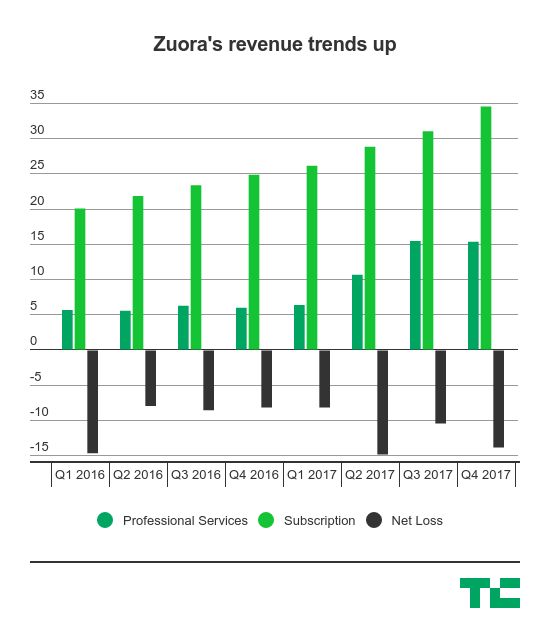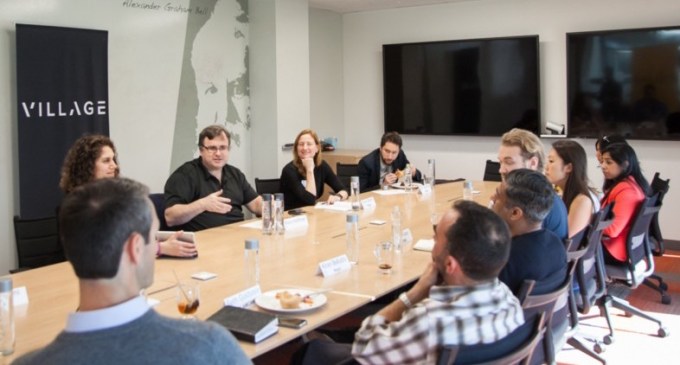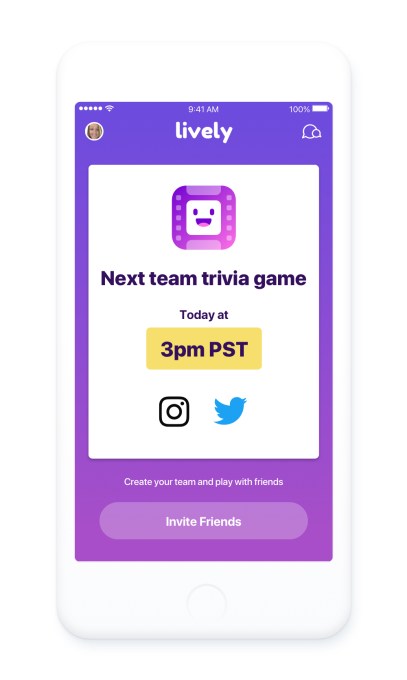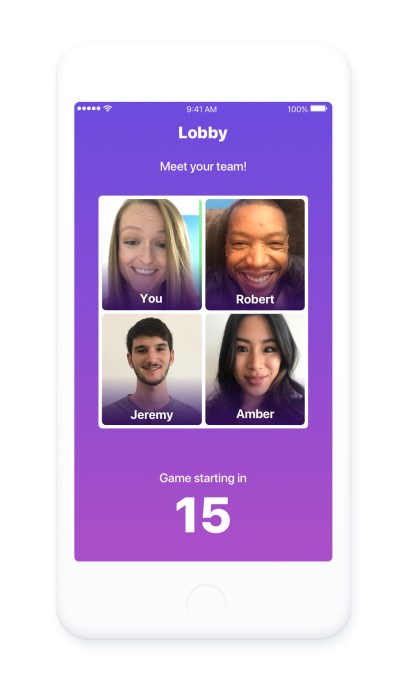The epic battle between Qualcomm and Broadcom seems to have hit a final ceasefire, with President Trump using the power of CFIUS to block the transaction this past week, ending what would have been the largest tech M&A transaction of all time.
It may be all quiet on the semiconductor front, but Qualcomm and Broadcom will now need to find a path forward to win the peace and secure access to the coming 5G wireless market. Qualcomm faces a daunting number of challenges, including a potential takeover battle waged by the spurned son of its founder. Broadcom will have to find a new path to use acquisitions to continue its growth.
As with any war though, the damage from this conflict isn’t exclusive to the two enemy combatants. The future of corporate governance and shareholder autonomy is now being reevaluated in light of the actions used by Qualcomm in its defense against Broadcom’s hostile takeover. In addition, America’s openness to foreign investment is increasingly under scrutiny.
Qualcomm picks up the pieces
Hostile takeovers are always going to be damaging affairs, no matter the outcome. The most important mandate for any board of directors — and particularly for the boards of technology companies — is to identify long-term threats and opportunities facing a company, and guide the executive team toward the best possible outcome for shareholders. Hostile takeovers are firefighting affairs — the discussions of the board are jolted from roadmaps, strategy, and vision to the minute-by-minute tactics of defending the company from marauding invaders.
Qualcomm should be directing its attention to strategy, but it faces additional wars on nearly every front. Its fighting shareholders for its future, fighting Apple and Huawei over its revenues, fighting China over its acquisition of NXP, and now potentially fighting its founder’s son from a private takeover attempt.
Many of Qualcomm’s shareholders see the company’s performance as disappointing. While its stock has fluctuated over the past six years, today’s share price is essentially flat from where it stood in January of 2012. Compare that to Broadcom, which in the same timeframe has seen an increase of about 740%, and the PHLX Semiconductor Sector index, a basket index of the industry, which has seen its value increase by about 280%.
Unsurprisingly, shareholders were enticed by the opportunity to suddenly realize a 35% premium on their shares with Broadcom’s $82-a-share offer. Unlike Qualcomm’s board, shareholders were very interested in accepting Broadcom’s offer. In fact, we now know that Qualcomm’s board knew that it has lost the battle against Broadcom with its own shareholders during the acquisition process. As Bloomberg reported this week:
The votes started to come in on Friday, March 2. By Sunday it was clear that Qualcomm’s defense had failed.
Four of the six directors Broadcom had nominated were polling so far ahead of their Qualcomm peers that the race was effectively over, according to data viewed by Bloomberg. The remaining two were winning by less substantial margins. Making it worse, Mollenkopf and Jacobs, the architects of Qualcomm’s standalone plan, had received some of the fewest votes.
Inside the Qualcomm camp, the mood was bleak; assuming the trend continued, the board would lose control of the company at the shareholder meeting.
Broadcom’s message was one of quiet confidence. The company knew it had won, one person close to the discussions said. At that point, the person said, it was just a question of by how many votes, and who was going to leave the board.
Broadcom was winning the battle with shareholders, so Qualcomm’s board shifted to a terrain far more favorable to it: Washington bureaucrats. From the same Bloomberg report, “Federal lobbying disclosures for 2017 showing that Qualcomm spent $8.3 million, or roughly 100 times the $85,000 Broadcom spent…” These weren’t regulators; these were friends.
In late January, Qualcomm’s board submitted a preliminary, voluntary, and confidential notice to CFIUS asking for a review of Broadcom’s potential board coup. When Broadcom attempted to redomicile to the United States to avoid CFIUS purview (as it would no longer be a foreign company but a domestic one after it redomiciled), the government’s anger was palpable and sealed the company’s fate. The board’s original outreach to CFIUS precipitated the sequence of events that led to Trump’s block this past week.
Qualcomm’s board won the war, but it is still facing a rebellion from its own bosses. The board will be up for election unopposed this week at the company’s delayed shareholders meeting. Perhaps taking a page from tomorrow’s Russian presidential election, some shareholders are withholding their votes from the board slate to show their displeasure with the entire saga. From the Wall Street journal, “Institutional Shareholder Services Inc., an influential proxy-advisory firm, … in a note to investors late Wednesday, stood by its original recommendation that shareholders vote for four Broadcom nominees for Qualcomm’s 11-person board, even though the votes won’t count.”
That shareholder meeting will no doubt be eventful. While the board and the company’s execs will argue that they have a strategy moving forward, they confront two other ongoing firefighting challenges and one new one that could be another round of bruising internecine warfare.
Qualcomm is still in the midst of its $44 billion NXP acquisition, which continues to wait on Chinese regulatory approval. The timeline for that approval is still unclear, but even when Qualcomm does receive it, it will still have to close the deal and actually implement the transaction, which will take significant time and energy.
Even more complicated is the continuing fight over Qualcomm’s IP licensing revenue, which Apple and Huawei have been fighting for some time now. Licensing revenue is crucial for Qualcomm, and the litigation around the fight will force the board to continue monitoring the day-to-day legal tactics of the company rather than focus on a longer-term vision of how to work with the largest smartphone producer in the world to generate profits.
On top of those two challenges, another takeover attempt could potentially exhaust the board further. Yesterday, Qualcomm’s board voted to remove board member Paul Jacobs, who is the son of Qualcomm’s founder and also headed the company from 2005 to 2014. He had been demoted from executive chairman to director just last week. As the New York Times noted, “The split, which means no member of the Jacobs family will be involved at the top echelons of Qualcomm for the first time in 33 years, was not friendly.”
According to reports, Jacobs is attempting to raise more than $100 billion to buy the company, potentially leveraging SoftBank’s Vision Fund in the process. SoftBank, of course, is a Japanese company, and the Vision Fund has significant capital from foreign countries including Saudi Arabia and the United Arab Emirates. Even more ironically, Qualcomm is an investor in the Vision Fund.
Jacobs is following in the footsteps of Michael Dell who bought the eponymous tech company back in 2013 in a take-private transaction worth $24 billion. Can Jacobs even raise the required amount of capital, four times more than Dell? Will Qualcomm be forced to run back to the Trump administration in order to avoid a “foreign” takeover of the firm yet again, this time by the son of the company’s founder?
My guess — fairly weakly held — is that the answers are yes and no. Jacobs will find the money, and the board won’t fight a distinguished former executive — even if Jacobs was running seriously behind in shareholder approval in the Broadcom fight. We will learn more in the coming weeks, but expect more strategic actions here (maybe from Intel) as well.
Broadcom regroups
Despite its very public failure, Broadcom is in a much stronger position coming out of this battle. It beat analyst estimates this week for its Q1 earnings, and has seen impressive growth in its wireless communications segment, which were up 88% year-over-year. It also managed to lower expenses, which helped drive an increase in gross margin to 64.8% (aren’t fabless and patents awesome?)
Broadcom continues to deliver strong results, but the big question post-Qualcomm is really what’s next? Qualcomm was the single most important chip company that might have been available for purchase (Intel is out of Broadcom’s league). While it plans to continue to redomicile to the U.S., which should allow it to get back into the acquisition game in America, Broadcom may struggle in the coming years to find the kinds of accretive acquisitions that can keep its growth on the trajectory it has been on over the past few years.
Shareholder power wanes?
The biggest questions coming out of the Qualcomm / Broadcom spat is not related to the companies themselves, but the entire intellectual edifice of shareholder rights and the framework used by American companies to conduct corporate governance.
Qualcomm’s board of directors took extraordinary steps to block the Broadcom acquisition. They unilaterally went to Washington to get an injunction not on a deal — which had never been consummated between the two companies — but to block Broadcom from replacing its board of directors in a standard shareholder vote. This is a very important distinction: Qualcomm’s board saw the direction shareholders wanted to go, and essentially decided to just ignore the election process entirely.
From Dealpolitik columnist Ronald Barusch:
This change threatens over three decades of a carefully balanced governance system. Since the Delaware Supreme Court approved the use of the poison-pill takeover defense in 1985, the courts have basically blessed the following tradeoff: On the one hand, corporate directors can fight tooth and nail to stop a deal and the courts will give only limited scrutiny to defensive tactics.
However, the board is strictly limited in any moves to interfere with shareholders’ ability to replace directors and force a company to change course that way. In the vernacular of a leading Delaware case, a “just say no” defense doesn’t mean “just say never.” A bidder with enough patience who can convince a target’s shareholders to change directors has a path at least toward cooperation on resolving regulatory impediments to a deal.
This is a unique case as Barusch notes, but at what point can boards use every method at their disposal to prevent their own shareholders — the people they have a fiduciary duty to represent — from taking charge of the company? This past week presents one of the most complex examples to date, and it wouldn’t surprise me if a shareholder decides to attempt a legal attack on Qualcomm.
The other side of the potential waning of power for shareholders is CFIUS itself. The Trump administration ended a potential deal for a company that shareholders were widely in favor of. Where do the rights of shareholders to realize a return on their equity end and the right of America as a nation to control national security technology start?
We are on new terrain, and there are no clear answers here. In many ways, it depends on what happens over the next few years of the Trump administration. If there are more blocks like what we saw this week, we could see a radical change in the corporate calculus that would have a long-term negative effect on the value of some American companies.
Hostile takeovers may be incredible drama for writers like yours truly, but they have enormous consequences for companies and the employees who work at them. Qualcomm is going to have to shore up its support with a whole host of stakeholders in the coming months (while dealing with a potential take-private fight), while Broadcom needs to find its next strategy for further growth. All of us are going to have to deal with new uncertainty around the power of shareholders to shape the destiny of their companies. The war is over, but the aftermath and its consequences have just begun.





 This fabulous visualization shows the 22,000 accounts the script had scraped when Patel stopped it. Each of those little dots is an account, and they exhibit an interesting pattern. Here’s a close-up:
This fabulous visualization shows the 22,000 accounts the script had scraped when Patel stopped it. Each of those little dots is an account, and they exhibit an interesting pattern. Here’s a close-up: As you can see, they’re organized in a sort of hierarchical fashion, a hub-and-spoke design where they all follow one central node, which is itself connected to other central nodes.
As you can see, they’re organized in a sort of hierarchical fashion, a hub-and-spoke design where they all follow one central node, which is itself connected to other central nodes.






















